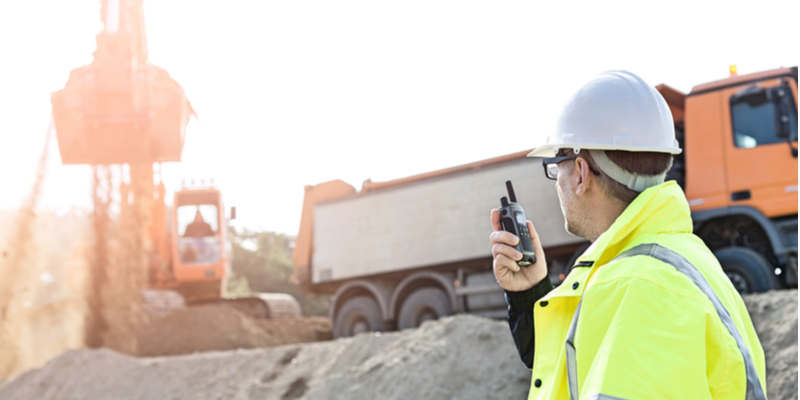From Bluetooth earpieces to battery extenders, there are a variety of Motorola two-way radio accessories that’ll help you get the most out of your radios. These accessories are specially designed to improve work performance and efficiency while unleashing the full power of your radios.
Two-way radios are the ideal mode of communication for many industries and by adding the right accessories you can get more value out of your radios. Accessories made by Motorola are intended to tailor radios more to the needs of your business and industry. You can expect all accessories to come with the same standard of craftsmanship and quality as the radios. Accessories and radios are tested together to ensure compatibility.
Motorola offers a wide range of headsets, batteries, chargers, and speakers no matter what radio model you are using. Finding the right accessories for your radio is as easy as talking to us!
7 Accessories to Enhance Your Two-Way Radios
#1. Antennas
Adding a new antenna or extended antenna to your two-way radio will provide the greatest reception. Motorola is known for making sturdy and dependable antennas that offer years of fail-safe communication. There are a range of different antennas available depending on your needs and which radios you are operating. Options include antennas with standalone RF as well as antennas with integrated GPS.
#2. Bluetooth Accessories for Two-Way Radios
From Bluetooth accessories to earpieces and headsets, there are a range of audio accessories to help enhance communication. Bluetooth accessories allow your team to communicate without lifting a finger. As long as team members are within 30 feet of the radio, it’ll work to communicate without having to pick up the radio. Motorola’s earpieces allow you to communicate with exceptional clarity without having to keep your radio attached to your person.
#3. Earpieces and Surveillance Accessories
Earpieces and surveillance accessories ensure utmost privacy and can be highly beneficial for security during a special event. There are different types and styles of earpieces including a pellet style, ultra-lite style, and flexible ear receiver. There are also completely discreet earpieces, allowing users to speak with the highest level of privacy and no gear in sight.
#4. Radio Headsets
Radio headsets offer a clear and hands-free way to communicate using two-way radios. Headsets are great for prolonged use, especially in noisy environments as they help block out surrounding distractions. There are many options to choose from, including noise-canceling headsets, heavy-duty headsets and lightweight headsets.
#5. Mobile Radio Microphones
Mobile radio microphones help eliminate distracting noises using intelligent audio. From road noise to the rumble of a diesel engine, this accessory is intended to block out loud sounds. The intelligent audio actively listens for background noise and then automatically raises or reduces the audio volume for better clarity.
#6. Remote Speaker Microphone
Motorola’s Remote Speaker Microphones offers first responders an essential perk: the ability to communicate without removing their radio from their carry case or belt. In its simplest form, an RSM includes a loudspeaker, Push-to-Talk button, and microphone, all in a compact device. A clip holds it in place while a cable connects it to the radio accessory connector.
#7. Motorola Batteries
Using Motorola batteries is highly recommended over using off brand batteries for the greatest performance power. No aftermarket battery can offer the same level of compatibility, after all they are designed and developed to be a vital component. The right battery will make all the difference to your radio’s performance.
Rent Two-Way Radios and Accessories from Highland Wireless
Highland Wireless is a reliable Motorola two-way radio dealer. We offer affordable rates to buy or rent two-way radios and accessories. Learn more





